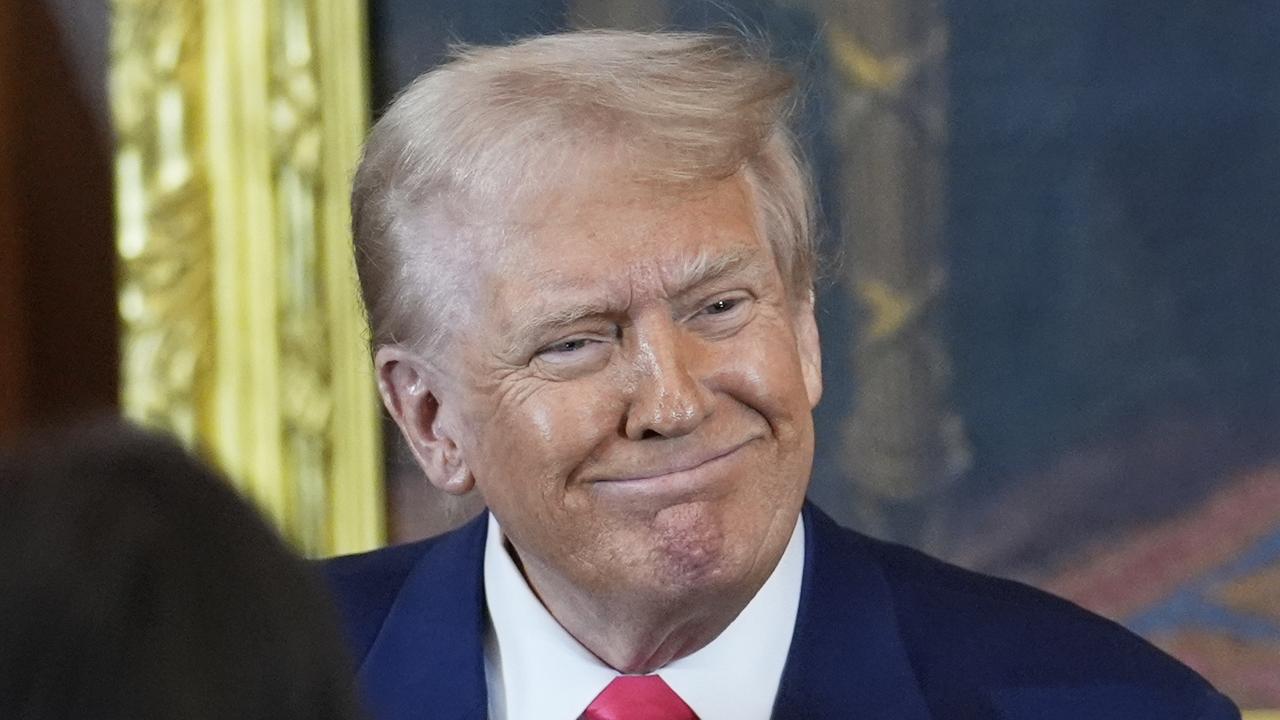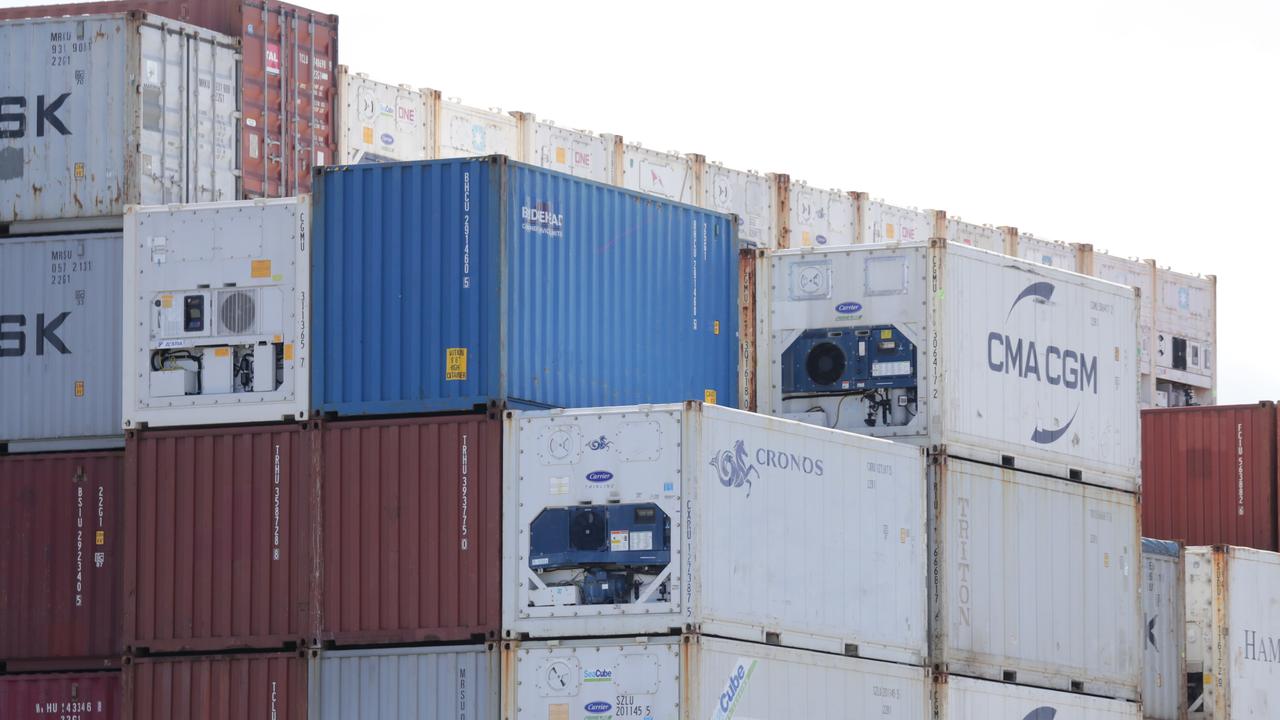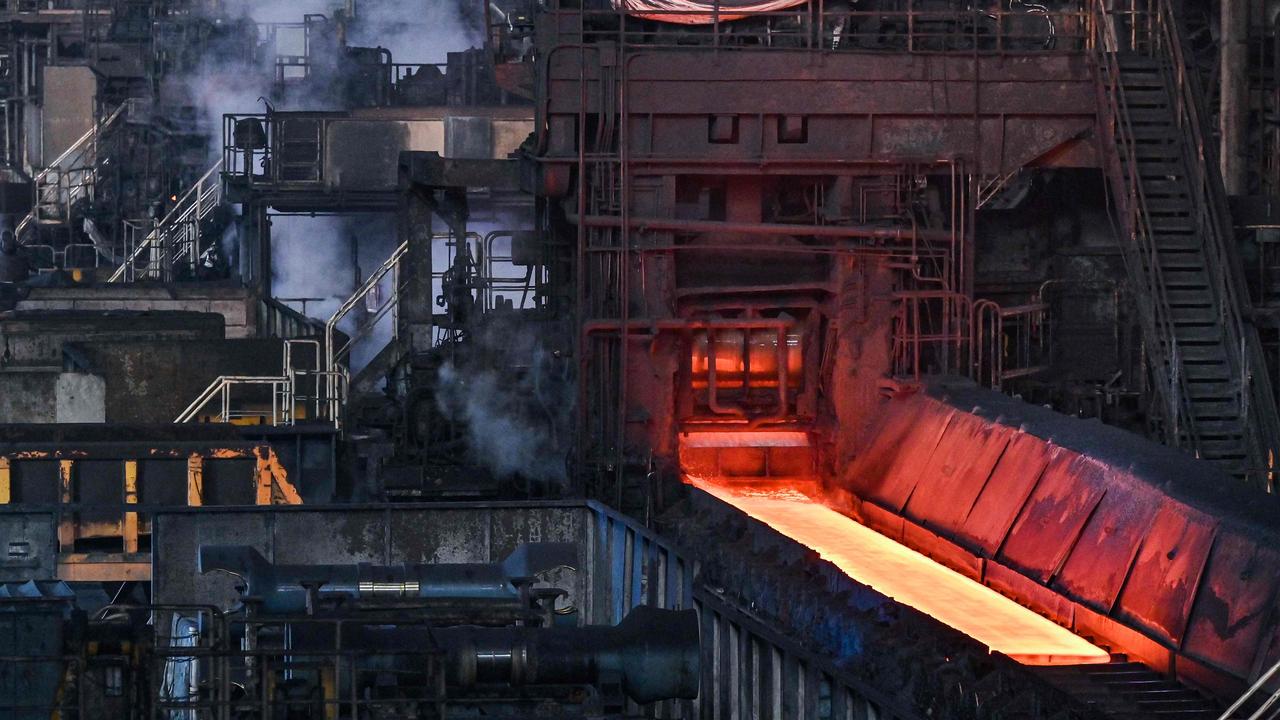How will US President Trump’s trade tariffs affect Australia?
The US has introduced a raft of tariffs on goods imported from other countries, including Australia. Experts say tariffs could drive up prices for Americans, but how will they affect us here?

READING LEVEL: GREEN
If you have been following the news on US President Donald Trump recently, you would have heard the word “tariff” being used quite a lot.
That’s because Mr Trump has slapped a whole heap of tariffs, or taxes, on other countries doing business with the US, including countries like Australia that, for decades, have had free-trade agreements* in place.
In fact, the US has placed 25 per cent tariffs on all imported* aluminium and steel coming from Australia after Mr Trump refused a request for an exemption* from Prime Minister Anthony Albanese, despite having granted an exemption for Australia for a similar tariff during his first term as president in 2018.
Economists and world leaders have expressed concern that this will drive up inflation* after the world has just gone through a cost of living crisis*.
But what exactly are tariffs and why is Mr Trump imposing them? And just how will the tariffs affect Australia?

WHAT ARE TARIFFS?
Tariffs are taxes paid when goods are sent from one country to another. The tax is paid by the company importing the goods from overseas. In other words, if a company was to import an item worth $100 and it was subject to a tariff of 10 per cent, the company would pay an import tax of $10 once the item was shipped, bringing the total cost of the item to $110.
WHAT TARIFFS HAS TRUMP BROUGHT IN?
Mr Trump has imposed tariffs of 20 per cent on Chinese imports, 25 per cent on Canadian and Mexican imports and 25 per cent on all steel and aluminium imports, including from Australia. Mr Trump threatened to double steel and aluminium tariffs to 50 per cent for Canada after trade tensions between the two countries grew.
Mr Trump has also said he wants a “reciprocal*” trade arrangement where if other countries charge any kind of tax on US exports*, the US could charge a similar tax on imports from that country, according to a report from ABC News.

WHAT IS TRUMP TRYING TO ACHIEVE?
Mr Trump has stated that the tariffs will be good news for the American economy because they will raise revenue* for the US government and boost American manufacturing. He hopes the tariffs will encourage American companies to produce their goods locally rather than import goods from overseas.
According to a report from ABC News, Mr Trump and his advisers have also said the tariffs could encourage international companies to set up production centres in the US.
WHAT IMPACT WILL THIS HAVE?
While Mr Trump has stated the tariffs will largely be beneficial for the American economy, financial experts have warned the tariffs could drive up the price of goods for American consumers*.
Former US trade negotiator Wendy Cutler, now vice president at the Asia Society Policy Institute, told ABC News that the cost of a tariff paid by a company importing goods was most often passed onto the consumer at the checkout.

“While President Trump keeps saying that the foreign country pays the tariff, that’s not correct,” Ms Cutler said.
“Who pays for that $10 in increased cost? The importer does.
“And then the question is: does the importer then pass on some of those costs to the consumer? Or does it then squeeze its customer overseas and say, ‘we need you to cut costs and to sell us this product at a lower rate’?”
Research from the Peterson Institute for International Economics states the tariffs on Canada, Mexico and China would cost the typical US household more than $US1,200 ($1,900) a year, according to ABC News.

HOW WILL THIS AFFECT AUSTRALIA?
At this stage, it’s hard to say just what the effects of the steel and aluminium tariffs will be on Australia. University of Sydney School of Economics professor Dr Valdimir Tyazhelnikov said Australia exports about 10 per cent of its aluminium and steel to the United States. The impact on local producers could be small since “Australia remains a minor supplier,” he said.
However, there could be a flow on effect caused by the tariffs imposed on larger exporters such as China, who will look for markets other than America to sell their lower cost aluminium and steel to.
An influx of cheaper metals arriving in Australia could mean less business for local manufacturers which could damage our economy.
It is understood the federal government is investigating ways to strengthen what is known as “anti-dumping*” measures in order to protect local manufacturers.

HOW HAS OUR PM RESPONDED?
On Wednesday, Prime Minister Anthony Albanese said Mr Trump’s refusal to grant Australia an exemption from the tariffs on steel and aluminium was “entirely unjustified.”
“This is against the spirit of our two nations’ enduring friendship and fundamentally at odds with the benefits our economic partnership has delivered over more than 70 years,” Mr Albanese said. “Australia has no tariffs on goods from the United States.”
He said Australia would not impose tariffs on the US in return because doing so would only bring up prices for the Australian consumer. Instead, he said, the government would continue to try and negotiate for an exemption from the tariffs.
“All Australians can join this effort and support our industries by taking the opportunity to buy Australian,” he said.

POLL
GLOSSARY
- free-trade agreements: treaties or agreements between two or more countries that are designed to remove or reduce barriers to trade
- imported: brought in from another country
- exemption: being free from an obligation or law imposed on others
- inflation: the rate at which the prices of things increase over time
- cost of living crisis: when the prices of things increase very quickly and it becomes difficult for many people to afford the basic necessities
- reciprocal: give and take, what applies to one party applies to the other in equal measure
- exports: goods sent overseas to other countries
- revenue: money collected by the government in the form of taxes
- consumers: people, or customers, buying the products imported by companies
- anti-dumping: a government policy that taxes imported goods in order to prevent companies from selling products too cheaply. These policies are put in place to protect local industries from foreign companies trying to “dump” their products by selling them at a much lower price than local companies can afford to sell them for here
EXTRA READING
Trump’s ‘Octagon Office’ diplomacy
Trump’s Fort Knox treasure hunt
Penny dropped by Trump cost cut
QUICK QUIZ
1. How do tariffs work?
2. Why do consumers usually pay higher prices for goods due to tariffs?
3. Which three countries have been hit with tariffs on general imports?
4. How much of its aluminium and steel does Australia export to the US?
5. What is a “reciprocal” trade arrangement?
LISTEN TO THIS STORY
CLASSROOM ACTIVITIES
1. Do you have better ideas?
Can you think of some better ideas than tariffs to help the US to improve their economy? Write a list of suggestions for President Trump. Don’t forget to explain why each suggestion is better than imposing tariffs on goods from other countries.
Time: allow at least 25 minutes to complete this activity
Curriculum Links: English, Economics and Business Studies
2. Extension
Do you think that countries should have the right to impose tariffs that could cause problems for other countries? Write very convincing paragraphs that answer this question. Use information in the story and possibly your research skills to help you.
Time: allow at least 30 minutes to complete this activity
Curriculum Links: English, Economics and Business Studies
VCOP ACTIVITY
Wow word recycle
There are plenty of wow words (ambitious pieces of vocabulary) being used in the article. Some are in the glossary, but there might be extra ones from the article that you think are exceptional as well.
Identify all the words in the article that you think are not common words, and particularly good choices for the writer to have chosen.
Select three words you have highlighted to recycle into your own sentences.
If any of the words you identified are not in the glossary, write up your own glossary for them.
Extension
Find a bland sentence from the article to up-level. Can you add more detail and description? Can you replace any base words with more specific synonyms?
Down-level for a younger audience. Find a sentence in the article that is high level. Now rewrite it for a younger audience so they can understand the words without using the glossary.

